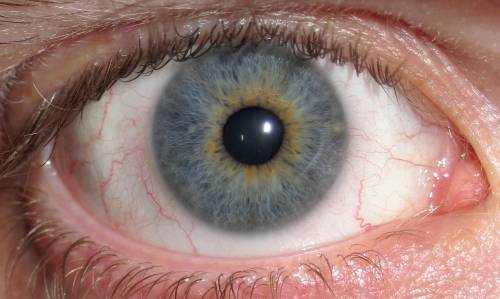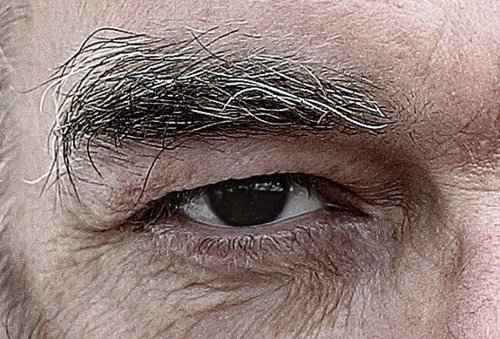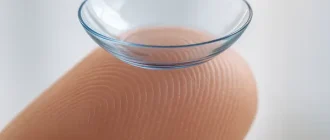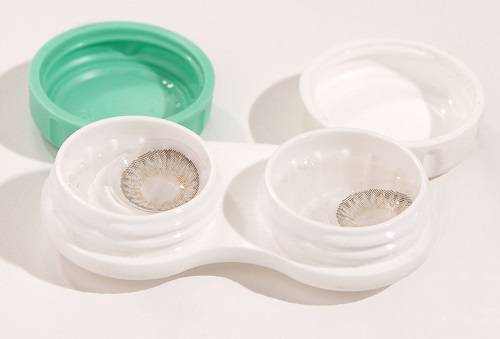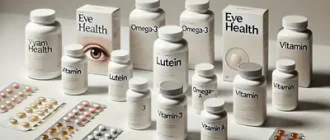Modern life exposes us to prolonged screen time and reduced outdoor activities, leading to a surge in myopia (nearsightedness). While completely reversing eye numbers (prescription strength) isn’t typically feasible, there are proven methods to slow progression and improve eye health. This article explores science-backed strategies for reducing eye strain and managing vision effectively.
Comparison of Eye Exercises for Reducing Strain
This chart compares the effectiveness of common eye exercises in reducing strain, with palming rated highest at 90% and blinking exercises at 50%. Consider integrating these practices into daily routines for better eye health.
Understanding the Eye Number
What Does Eye Number Mean?
The eye number, or refractive error, indicates the degree of vision correction needed. A negative number signifies myopia, while a positive number indicates hyperopia (farsightedness). The higher the number, the greater the correction required.
Why Does Eye Number Increase?
Factors such as genetics, prolonged close-up work, and limited outdoor time contribute to worsening vision. Myopia progression often accelerates during childhood and stabilizes in adulthood.
Effective Ways to Manage and Improve Vision
1. Outdoor Time: Nature’s Vision Booster
Spending at least two hours outdoors daily can significantly reduce the risk of myopia progression. Exposure to natural light stimulates dopamine release in the retina, which helps regulate eye growth.
2. Follow the 20-20-20 Rule
For every 20 minutes of near work, look at something 20 feet away for at least 20 seconds. This simple practice reduces digital eye strain and promotes better focus.
3. Opt for Proper Lighting
Dim lighting strains the eyes, while overly bright settings cause glare. Use well-distributed, natural light during the day and anti-glare lighting in the evening.
4. Practice Eye Exercises
Certain exercises can relax and strengthen eye muscles:
- Palming: Rub your palms together and gently cup your eyes for a few minutes.
- Focusing Drill: Shift focus from a near object to a far object repeatedly.
5. Optimize Screen Time Habits
- Maintain an arm’s length distance from screens.
- Use blue light filters or glasses to reduce strain.
- Limit screen use before bedtime to prevent digital fatigue.
Screen Habits and Eye Strain Reduction
| Habit | Effectiveness (%) |
|---|---|
| 20-20-20 Rule | 90% |
| Blue Light Filters | 80% |
| Screen Distance | 75% |
| Reduced Screen Time Before Bed | 85% |
| Proper Lighting | 70% |
This chart showcases the effectiveness of various screen habits in reducing eye strain, with the 20-20-20 rule rated highest at 90%. Implementing these practices can significantly improve eye comfort and health. Source: Digital Eye Health Study.
6. Eat for Better Vision
A nutrient-rich diet supports eye health:
- Vitamins A, C, and E: Found in carrots, spinach, and citrus fruits.
- Omega-3 Fatty Acids: Present in fish like salmon and walnuts.
- Lutein and Zeaxanthin: Abundant in kale, corn, and egg yolks.
Nutritional Benefits for Eye Health
| Nutrient | Effectiveness (%) |
|---|---|
| Vitamin A | 90% |
| Vitamin C | 85% |
| Omega-3 Fatty Acids | 75% |
| Lutein and Zeaxanthin | 80% |
| Zinc | 65% |
This chart highlights the effectiveness of key nutrients for eye health, with Vitamin A leading at 90% and zinc at 65%. Incorporating these nutrients into your diet can help maintain optimal vision and reduce the risk of eye-related issues. Source: Vision and Nutrition Report.
7. Consider Orthokeratology (Ortho-K)
Ortho-K lenses temporarily reshape the cornea and correct vision overnight. These lenses are effective for children and young adults to slow myopia progression.
Modern Medical Interventions
1. Eye Drops for Myopia Control
Low-dose atropine eye drops are clinically proven to slow myopia progression in children. Consult an ophthalmologist for personalized advice.
Medical Interventions for Myopia Control
| Intervention | Effectiveness (%) |
|---|---|
| Atropine Eye Drops | 85% |
| Orthokeratology (Ortho-K) | 75% |
| Soft Multifocal Contact Lenses | 65% |
| Peripheral Defocus Spectacles | 70% |
| Bifocal and Progressive Lenses | 60% |
This chart evaluates the effectiveness of medical interventions for controlling myopia, with atropine eye drops leading at 85%. These methods offer promising solutions for managing myopia progression. Source: Myopia Research Review.
2. LASIK Surgery
LASIK reshapes the cornea using a laser, providing permanent vision correction for eligible candidates. However, it’s not suitable for young individuals with progressive myopia.
3. Refractive Lens Exchange (RLE)
RLE involves replacing the eye’s natural lens with an artificial one to correct severe refractive errors. It’s more common among older adults with presbyopia.
Did You Know?
Children who spend 2 hours daily outdoors are 23% less likely to develop myopia.
Source: American Academy of Ophthalmology
FAQs on Reducing Eye Number
Q: Can eye exercises cure myopia?
A: While exercises don’t cure refractive errors, they help alleviate strain and improve muscle coordination.
Q: Is there an age limit for LASIK?
A: LASIK is typically recommended for individuals aged 18 and older with stable prescriptions.
Q: Are blue light glasses effective?
A: Yes, blue light glasses reduce digital eye strain but don’t address underlying refractive errors.
Editorial Advice
Improving vision and managing eye health requires a multifaceted approach, combining lifestyle changes, medical advice, and technological solutions. Begin by implementing small, consistent habits like the 20-20-20 rule and prioritizing outdoor time. Consult an eye care professional for tailored interventions to suit your needs.
Prevalence of Myopia by Age
This chart illustrates the prevalence of myopia across different age groups, with the highest rates seen in young adults (70%) and teens (60%). Awareness and preventive measures are crucial to managing myopia effectively. Source: Vision Health Survey 2024.
